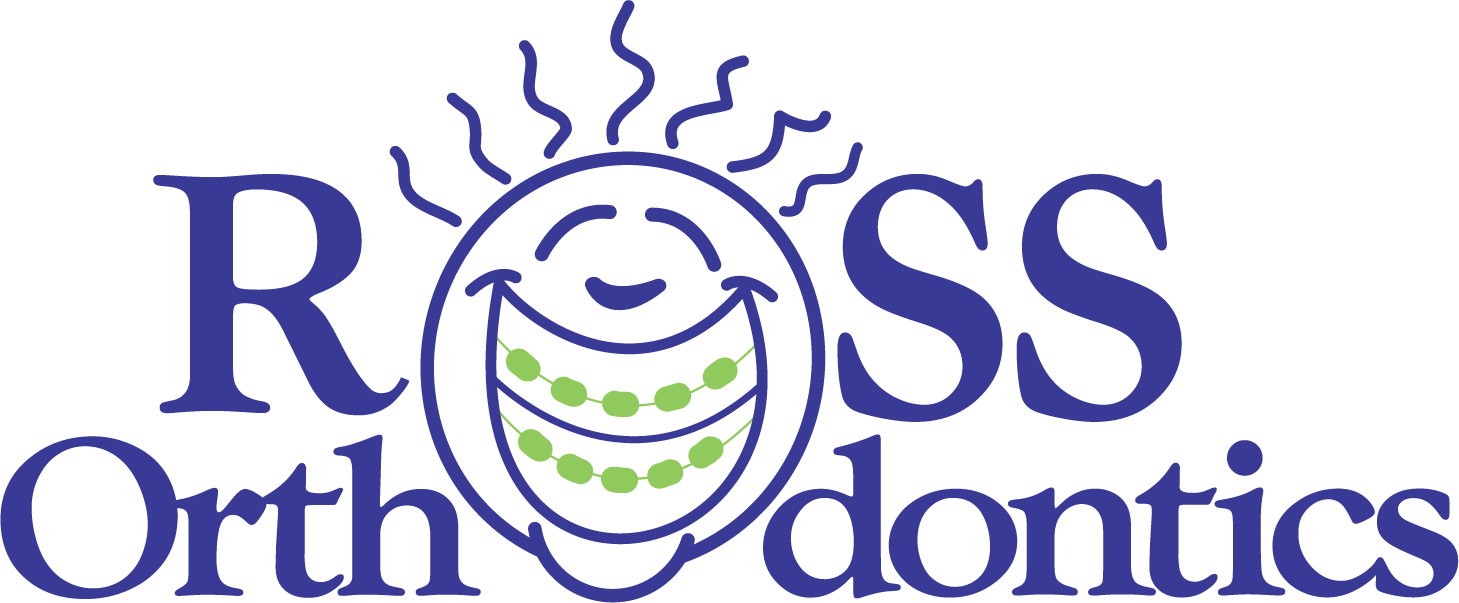Did you know that around 10-11 million Americans experience pain in their temporomandibular joints?
TMJ disorders can affect your jawline, causing headaches and neck and ear aches. Keep reading if you want to learn more about TMJ treatment options and symptoms.
In this guide, you’ll learn about common TMJ causes and how you can help lessen the effects. Talk with your medical provider to learn more about managing your health symptoms.
Ready to learn more about what is a TMJ headache? Keep reading.
What Is a TMJ Headache?
Temporomandibular joint disorder (TMJ) is a common cause of chronic pain in Americans. If you suffer from TMJ, you might experience difficulty eating and talking and suffer headaches.
TMJ often will get mistaken for a headache. You might treat your headache with OTC medication, but the pain will return.
There are two temporomandibular joints on the sides of your head. The joints connect your jaw to your skull, thus supporting jaw movements necessary for yawning, talking, and swallowing.
Understanding the Causes Behind TMJ Disorders
TMJ disorders usually occur when your jaw joints or nearby tissue gets injured. Other TMJ causes include arthritis in the joints, stress, improper bite, acute trauma, or bruxism.
Common symptoms to look out for include:
- Headaches
- Earaches
- Pain in the shoulders or neck
- Jaw pain
- Locking jaws
- Grating or clicking sounds
- Difficulty chewing
- Tinnitus
- Tooth pain
- Swelling on the side of your face
Consider booking an appointment with your dentist right away if you experience these symptoms.
Tests and Diagnosis
TMJ dysfunction will usually get diagnosed at a dental checkup.
Your dentist will press on the region of your jaw or face, and you report a feeling of discomfort. The dentist might also notice your range of motion isn’t great when you close and open your mouth.
You might need to get a radiograph or a panoramic x-ray. This x-ray will reveal a broad overview of your jawbone, teeth, and TMJs.
Next, you might need a CBCT scan. This is a cone beam computed tomography scan. It will capture thousands of pictures of your facial bones, sinuses, jaw, and teeth.
The pictures will get put together and complete a detailed three-dimensional image.
An MRI scan will get used to view soft tissues around and in jaw joints. The images will reveal the position of the inflammation and jaw locking issues.
Your doctor will see if the TMJ disc functions well. You might receive a referral to see a specialist and get further treatment and care.
An oral maxillofacial surgeon will specialize in treating skeletal conditions like TMJ dysfunction.
Nonsurgical Treatments
Have you been diagnosed with TMJ dysfunction? Your doctor will recommend a few gentle TMJ treatment options first.
Try applying cold or heat packs to your face or temple region for 10 minutes when dealing with acute pain. Do some simple stretches recommended by your primary healthcare provider for your jaw.
After stretching your jaw, you should place a warm washcloth or towel on the side of your face for five minutes.
Next, look at consuming softer foods. Don’t overwork your jaw by snacking on crunchy celery, carrots, or other hard-to-chew foods.
Pick up cottage cheese, yogurt, and soup. Cook mashed potatoes, scrambled eggs, and beans.
Don’t chew on hard or crunchy foods like candies or pretzels. You can begin noting which foods are more difficult to consume. Leave them off your grocery list.
Medication Options
Relieve swelling or pain by taking OTC nonsteroidal anti-inflammatory drugs (NSAIDs). These include ibuprofen, aspirin, or naproxen.
Your doctor might prescribe more NSAIDs or other drugs for pain. You could get a prescription for narcotic analgesics. Muscle relaxants will help people who clench or grind their teeth.
Anti-anxiety drugs can help a person with stress. Stress is believed to worsen TMJ symptoms. A lower dose of antidepressants will control or lower pain.
Night Guard or Splint
It might help to wear a night guard or a splint at nighttime. Night guards and splints are types of mouthpieces that will fit over your lower or upper teeth.
The mouthpiece will provide regular tooth contact when you close your jaw.
Mouth guards can help correct your bite because your jaw will get put in a proper position. The main difference between night guards and splints is that splints get worn all the time. Night guards are only worn at night.
Corrective Dental Treatments
Some patients will pursue corrective dental treatment. The treatment might replace missing teeth. Your dentist could also use a bridge, brace, or crown to move your bite into the proper alignment and balance.
Talk to your dentist today for more information. Learn about other signs that you need orthodontic care.
Transcutaneous Electrical Nerve Stimulation
Finally, you might consider transcutaneous electrical nerve stimulation (TENS). The therapy will use a low-level electrical current to reduce pain. You will end up relaxing your facial muscles and jaw joints.
Visit an Orthodontist if You Have Concerns
We hope you have the answer to your question, “What is a TMJ headache?”
If you’re experiencing headaches, book an appointment with your dentist immediately. Determine the appropriate TMJ treatment for your situation.
You should avoid chewing crunchy food if you’re experiencing much pain. Learn some gentle jaw stretches to help relieve pain or discomfort.
At Ross Orthodontics, we provide orthodontic care for all ages. Contact us today if you’re concerned about your teeth. We will help you figure out the right treatment plan for your situation.


